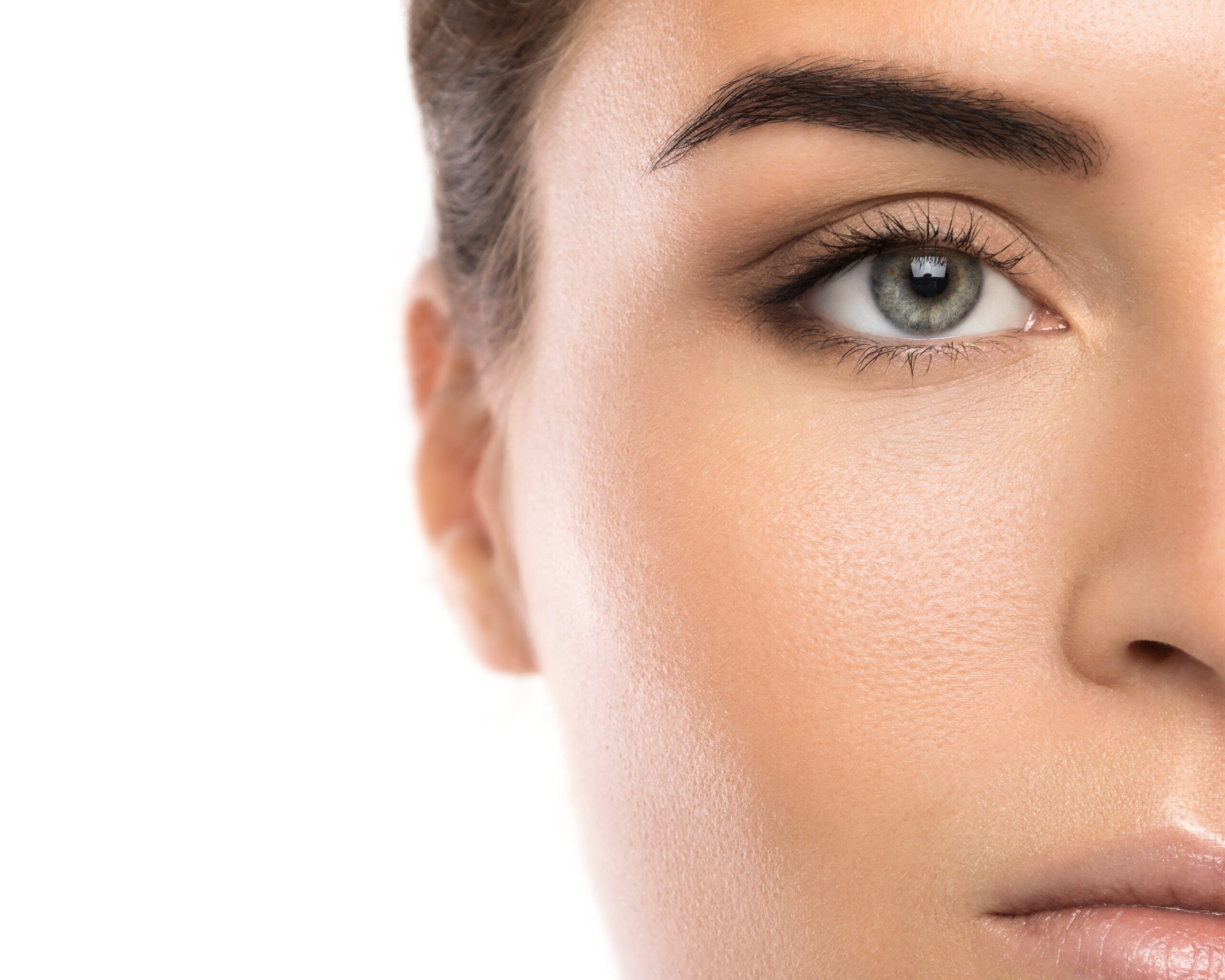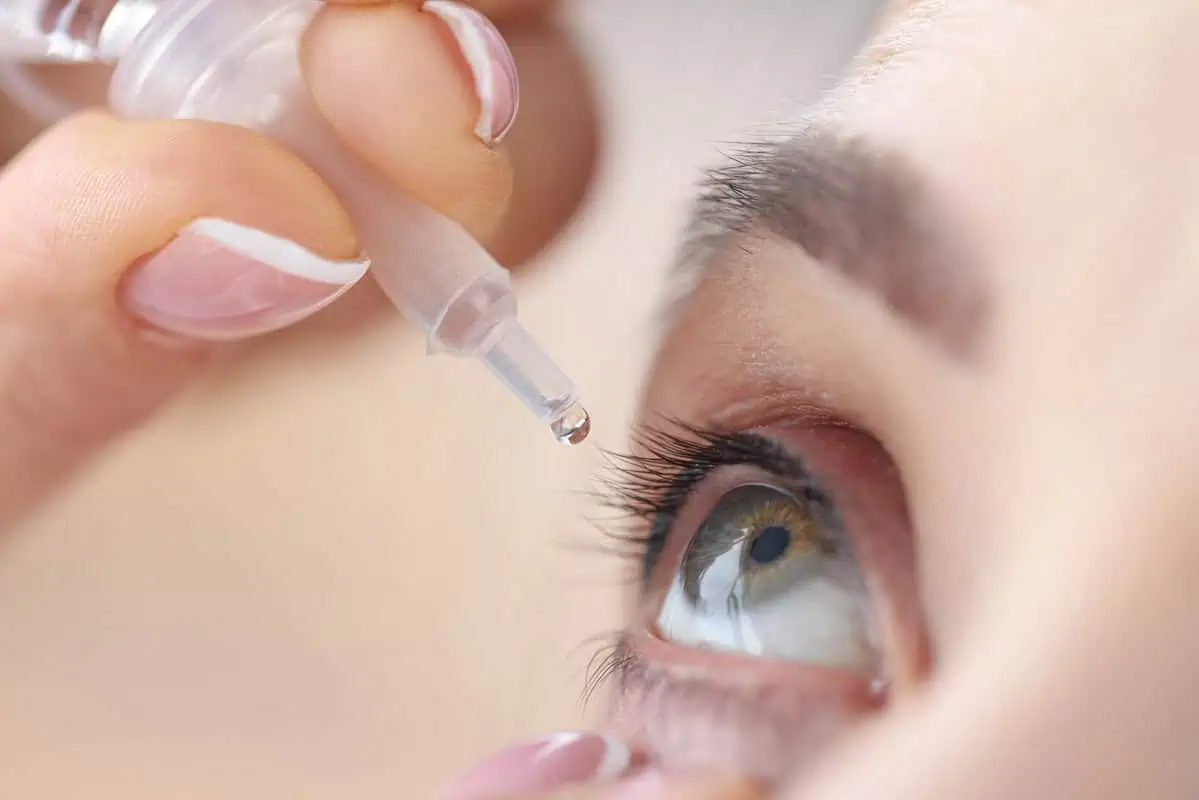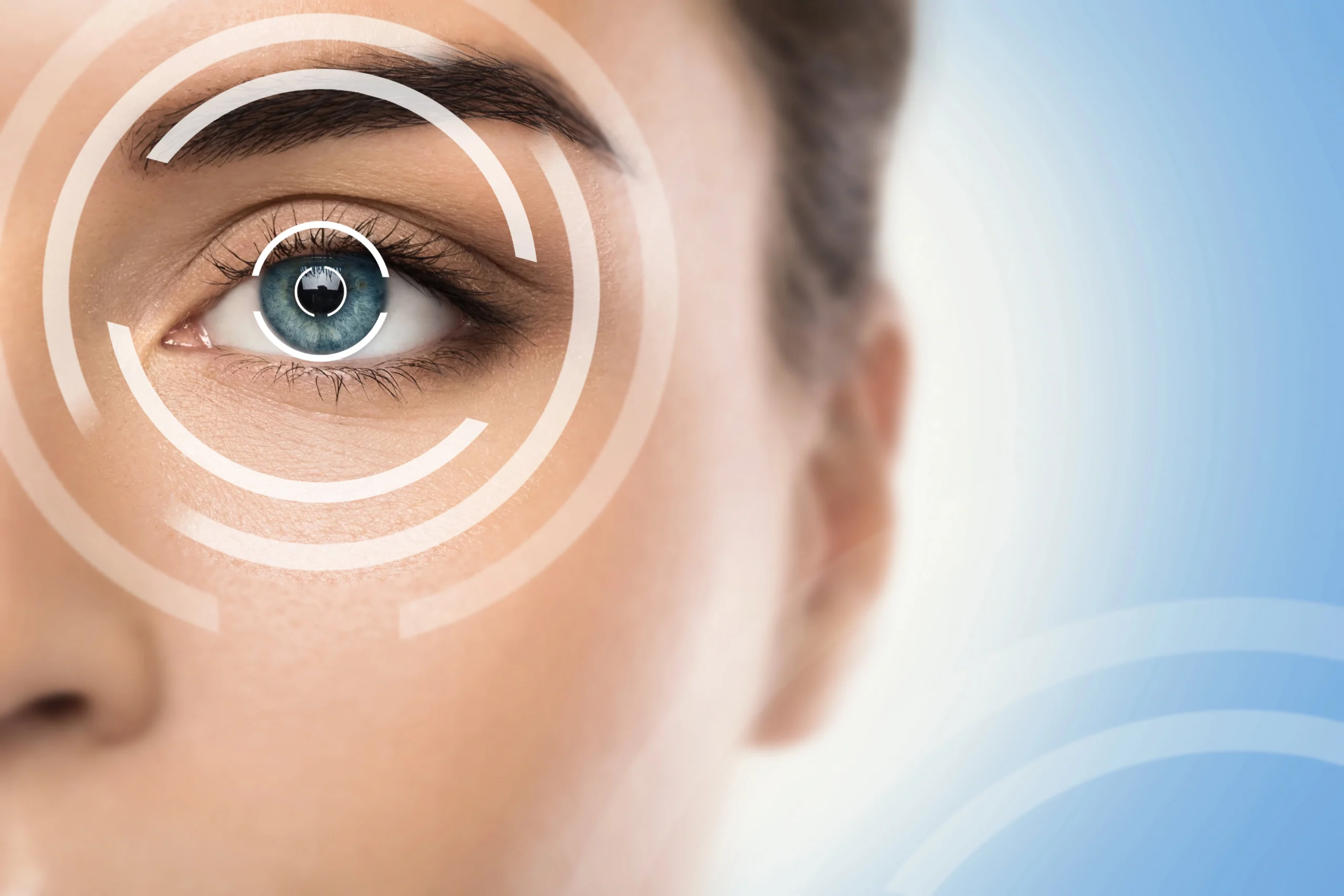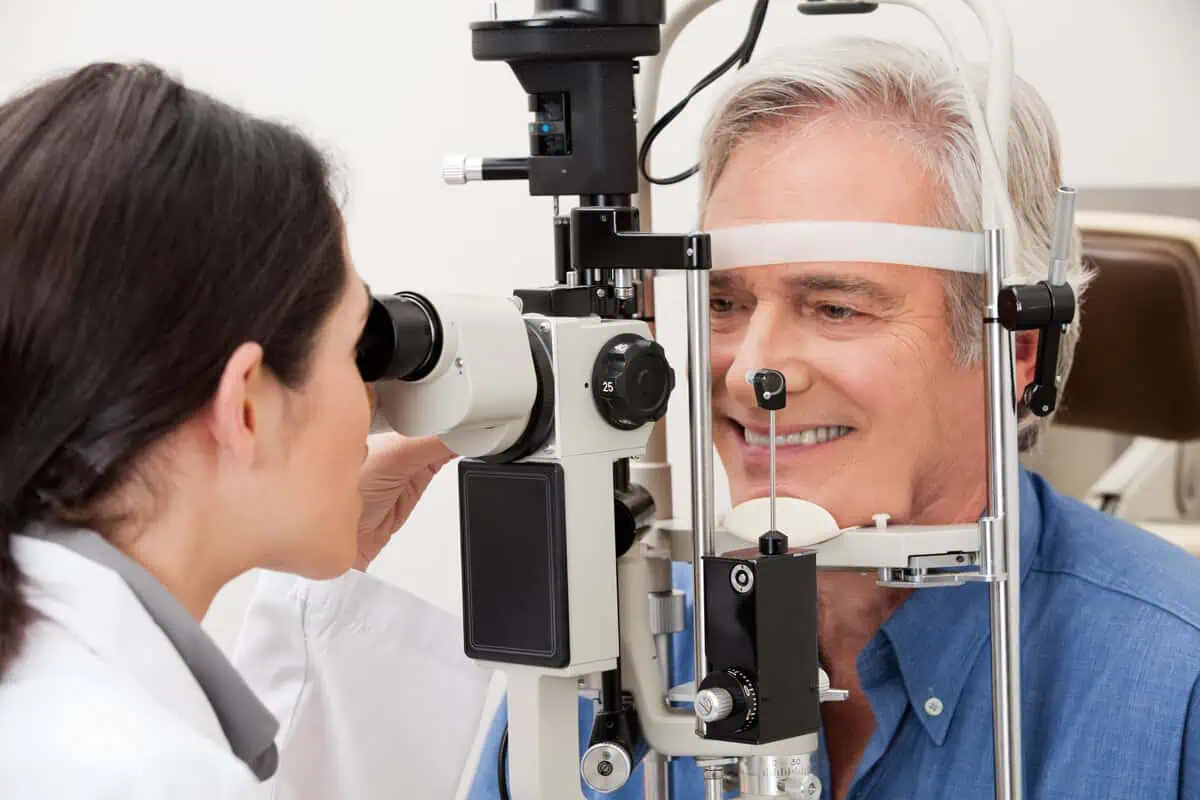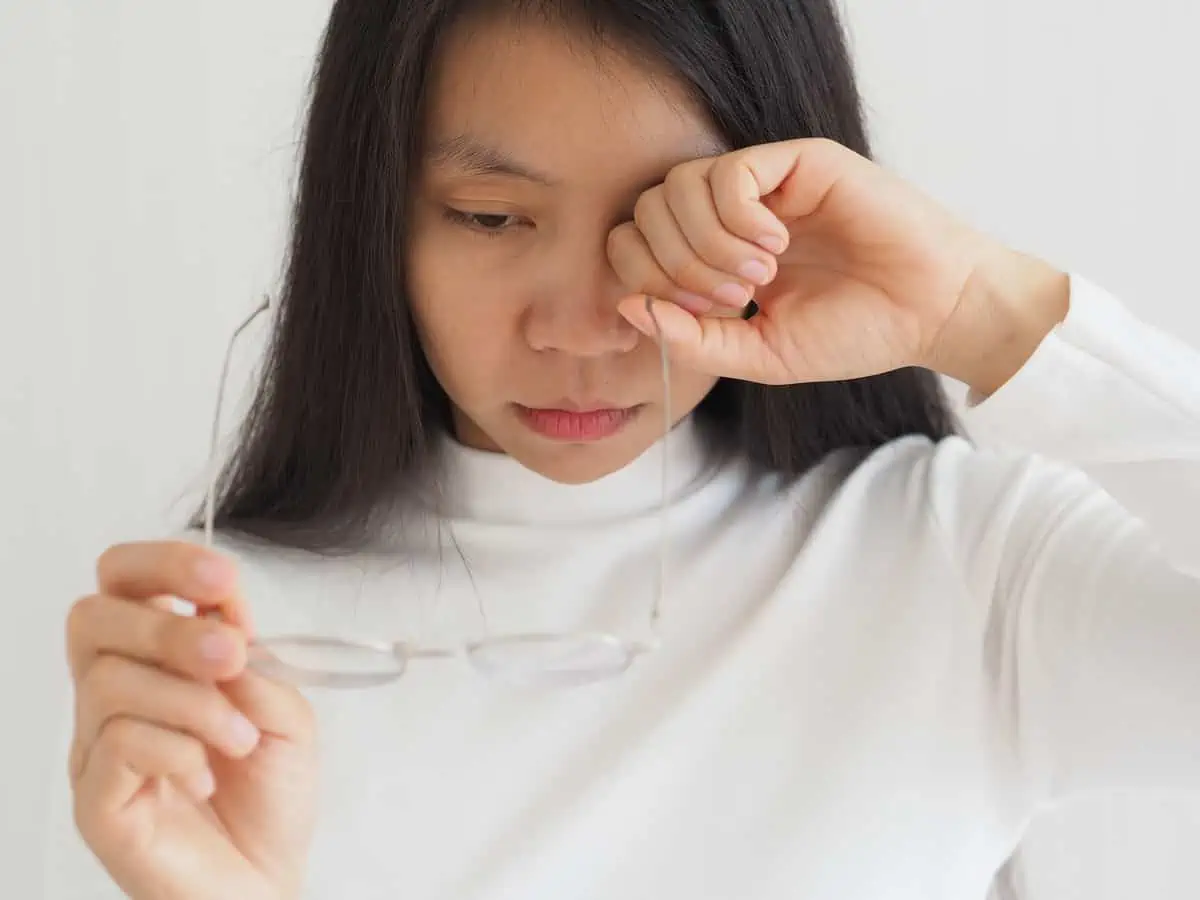Dry eye syndrome, medically termed keratoconjunctivitis sicca, is a prevalent condition that extends beyond mere temporary discomfort. This issue plagues numerous individuals worldwide, often hindering their day-to-day activities and reducing their quality of life. The origins of this syndrome are multifaceted, and understanding these underlying causes is pivotal for those seeking relief and clarity on the matter.
The Aging Process
The aging process is an inevitable journey that every living being undergoes. As time passes, our bodies undergo various physiological and cellular changes that can impact function and appearance. As we age, systems and organs gradually decline in their efficiency, leading to common age-related conditions.
For instance, the skin may lose elasticity, leading to wrinkles and fine lines; bones may weaken, increasing the risk of fractures; and cognitive functions can slow down. The eyes, in particular, might experience reduced tear production, a factor contributing to dry eye syndrome. Understanding and embracing the aging process is essential, taking proactive measures to maintain health and well-being throughout one’s life.
Gender Matters
Gender plays a significant role in various biological and societal aspects of life. Biologically, men and women have distinct physiological differences, from reproductive systems to hormonal balances, which can influence susceptibility to certain diseases, responses to medications, and even symptom presentations.
For instance, women often experience hormonal fluctuations during menstruation, pregnancy, and menopause, which can affect various body systems, including ocular health leading to conditions like dry eyes. Societally, gender roles and expectations can influence behavioral patterns, stress levels, and access to resources or healthcare. Recognizing and understanding the influence of gender in both biological and societal contexts can pave the way for more personalized and effective approaches in healthcare, research, and daily life.
Medications
While developed to treat or manage specific conditions, medications can also have unintended effects on the body, known as side effects. One common side effect of a range of medications is their potential to interfere with tear production or exacerbate dry eye symptoms. Drugs like antihistamines, decongestants, antidepressants, certain blood pressure medications, and some Parkinson’s disease treatments can lead to reduced tear secretion.
Additionally, hormone replacement therapies and certain diuretics might also influence tear production. Patients need to be aware of these possible side effects and talk to their medical professionals about them. Whenever a new medication is prescribed, understanding its potential impact on the entire body, including eye health, ensures holistic care and informed decision-making.
Underlying Medical Conditions
Underlying medical conditions can profoundly influence an individual’s overall health, often manifesting symptoms in areas seemingly unrelated to the primary disease. In the context of eye health, several systemic diseases and conditions can lead to or exacerbate dry eye symptoms.
For instance, autoimmune diseases like rheumatoid arthritis, Sjogren’s syndrome, and lupus can affect moisture-producing glands, reducing tear production. Thyroid disorders, especially those resulting in an overactive or underactive thyroid, can influence eye health and lead to symptoms of dry eyes.
Additionally, diabetes, due to its potential to damage nerves and small blood vessels, can affect tear production and eye moisture. Individuals need to recognize the body’s interconnected nature; a symptom in one area might indicate a broader underlying condition requiring attention and management.
The Impact of Laser Eye Surgery
LASIK (Laser-Assisted In Situ Keratomileusis), for example, has allowed many people to see clearly without the use of glasses or contact lenses. However, alongside its benefits, the surgery can have certain side effects. One of the more common post-operative symptoms is dry eyes.
During the LASIK procedure, a flap is created on the cornea’s surface, which can temporarily affect the corneal nerves responsible for tear production. As a result, some patients might experience reduced tear secretion or altered tear composition, leading to dry, irritated eyes. While for many, this symptom is temporary and resolves as the nerves regenerate over time, a minority might experience prolonged dry eye symptoms.
To mitigate this, patients are frequently given artificial tears or other lubricating eye drops as a preventative measure. Regular follow-ups with the ophthalmologist are crucial to monitor and address any persistent or severe dry eye symptoms. It underscores the importance of being well-informed about potential side effects when considering any medical procedure, ensuring comprehensive care and optimal outcomes.
Tear Gland Damage
Tear glands, or lacrimal glands, are essential for producing the aqueous component of tears that lubricate and nourish our eyes. Damage to these glands can arise from various causes, including physical trauma, surgical procedures, radiation therapy, autoimmune diseases like Sjogren’s syndrome, infections, or the natural aging process. When compromised, the gland’s reduced tear production can lead to symptoms like burning, itching, and blurred vision, emphasizing the need for prompt medical consultation and intervention.
Battling The Elements
Environmental factors play a significant role in eye health and comfort. Wind and dry climates can lead to rapid tear evaporation, while pollutants and high altitudes further exacerbate dryness. Indoors, constant exposure to air conditioning or heating systems can reduce ambient moisture, compounding the issue.
Even modern challenges like prolonged digital screen use reduce blink frequency, promoting faster tear evaporation. Protective measures, such as wearing sunglasses, using humidifiers, and taking screen breaks, are essential to combat these environmental stressors on our eyes.
Eyelid and Blinking Dynamics
The eyelids and their blinking dynamics play a pivotal role in maintaining ocular health. Each blink spreads a fresh layer of tears across the eye, ensuring lubrication, nourishment, and removal of debris.
The eyelids also protect the eyes from potential irritants like dust or excessive light. Anomalies in eyelid function or irregularities in blinking patterns can disrupt the even distribution of the tear film, leading to conditions like dry eyes or increased exposure to environmental irritants, underscoring the importance of their coordinated and regular function for optimal eye health.
The Role of Contact Lenses
Contact lenses, while providing a convenient alternative to glasses for vision correction, can influence the eye’s natural environment. By sitting directly on the cornea, they can potentially interfere with the regular distribution of tears, leading to uneven tear film and increased evaporation.
Over time, or with improper use, contact lenses can also accumulate proteins and other deposits, which can irritate the eye. Furthermore, extended wear or not adhering to recommended usage can increase the risk of infections and reduce oxygen supply to the cornea. Accordingly, while beneficial, it’s vital to use contact lenses responsibly and maintain proper hygiene to ensure eye health.
Dietary Factors
Diet is very important for general health, which includes eye health. Fish and flaxseeds contain omega-3 essential fatty acids, which help improve tear quality and minimize the signs and symptoms of dry eyes. Vitamins A, C, and E, alongside minerals like zinc, found in colorful vegetables, citrus fruits, and nuts, support vision and guard against age-related macular degeneration.
Conversely, excessive alcohol or caffeine intake can exacerbate dry eye symptoms due to their diuretic properties. Consequently, a balanced diet rich in essential nutrients not only bolsters general health but also optimizes eye function and comfort.
The Bottom Line
The causes of dry eyes are multifaceted and can often involve a combination of the abovementioned factors. At Eyecare on the Square, we offer comprehensive treatments for dry eye management, including the state-of-the-art LipiFlow System. In understanding the myriad causes of dry eyes, we take the first step towards clearer vision and lasting comfort, reminding us that our eyes are not just windows to the world, but delicate ecosystems deserving of our utmost care.

